ABA for Developing Independence Skills
Explore how ABA for developing independence skills empowers individuals and enhances their daily living abilities.

Understanding ABA Therapy
ABA Therapy, or Applied Behavior Analysis, is widely recognized for its structured approach in assisting individuals with autism in developing crucial independence skills. Understanding the principles and benefits of this therapy is essential for families seeking effective interventions.
Principles of ABA Therapy
ABA intervention programs consist of seven fundamental dimensions, including generalization, effective evaluations, technological step-by-step interventions, and applied behaviors that hold social significance for the client. Each decision made by a Board Certified Behavior Analyst (BCBA) is data-driven and supported by careful assessment. This systematic approach ensures that all strategies are tailored to the individual needs of the person receiving therapy [1].
| Principle | Description |
|---|---|
| Generalization | Applying learned skills across different settings and situations. |
| Effective Evaluations | Ongoing assessments to measure progress and refine strategies. |
| Technological Interventions | Step-by-step methods to ensure clarity and consistency in teaching. |
| Social Significance | Focusing on behaviors that improve the individual’s quality of life. |
Benefits of ABA Therapy
ABA therapy employs a systematic methodology to identify and track specific behaviors that may pose challenges for individuals with autism. By breaking these behaviors down into smaller, measurable units, it formulates effective strategies for teaching and reinforcing constructive behaviors while minimizing those that are problematic. Positive reinforcement is a core component of ABA therapy, rewarding individuals for demonstrating desired behaviors. This leads to positive behavior changes, increased independence, and overall success.
| Benefit | Description |
|---|---|
| Behavior Identification | Pinpoints specific behaviors to address in therapy. |
| Measurable Objectives | Breaks down goals into small, manageable steps for tracking progress. |
| Positive Reinforcement | Utilizes rewards to encourage desired behaviors, fostering self-sufficiency. |
Families considering ABA for developing independence skills have the opportunity to foster skill acquisition in a supportive environment. It is essential for parents to be involved in the therapy process, acting as advocates and co-learners, which can positively influence family dynamics [3]. For more information regarding the involvement of parents in the ABA process, refer to our article on the role of parents in ABA therapy.
Customized ABA Programs
Customized ABA programs are key to addressing the unique needs of individuals with Autism Spectrum Disorder (ASD). These programs ensure that each client receives tailored interventions that promote independence and skill development.
Individualized Program Design
An individualized program is designed specifically for each learner by a qualified and trained behavior analyst (BCBA). The BCBA takes into account the skills, needs, interests, preferences, and family situations of the individual to create a program that supports their growth. This personalized approach aims to help individuals become more independent and achieve short-term and long-term success [4].
The design process involves the following steps:
- Assessment: Evaluating the individual's current skills and challenges.
- Goal Setting: Collaborating with family and professionals to define appropriate goals.
- Implementation: Developing interventions based on the individual's unique profile.
- Monitoring: Regularly reviewing progress to make necessary adjustments.
Setting Treatment Goals
The effectiveness of an ABA program heavily depends on well-defined treatment goals. These goals are established based on the age and ability level of the person with ASD and can encompass a variety of skill areas. Common skill areas include communication, social skills, play, self-care, and school readiness [4]. The goal-setting process ensures that each treatment plan is relevant and directed toward enhancing the individual's independence.
Here is a summary of potential treatment goals across different skill areas:
| Skill Area | Example Goals |
|---|---|
| Communication | Improve ability to express needs |
| Social Skills | Develop appropriate interaction with peers |
| Play | Enhance cooperative play behaviors |
| Self-Care | Increase independence in daily routines |
| School Readiness | Prepare for structured learning environments |
Effective ABA programs are customized to support individual learners, focusing on skills that foster independence and success both now and in the future [4].
By setting clear and achievable treatment goals, families can better understand the purpose of each therapeutic intervention and track progress over time. For more insights on the role of family in ABA, refer to our article on role of parents in ABA therapy.
ABA Therapy Effectiveness
Research Studies on ABA
Numerous research studies have substantiated the effectiveness of Applied Behavior Analysis (ABA) for individuals with autism. Over 20 studies indicate that engaging in intensive and long-term ABA therapy can significantly enhance various skills in children with autism. These studies reveal improvements in areas such as intellectual functioning, language development, daily living skills, and social interactions.
One meta-analysis emphasized that ABA interventions effectively improve expressive and receptive language skills, communication abilities, nonverbal IQ scores, total adaptive behavior, and socialization. However, it was noted that improvements in daily living skills were comparatively less pronounced [5].
| Study Focus | Key Findings |
|---|---|
| Comprehensive ABA Interventions | Medium to large positive effects on language, intellectual functioning, and social skills |
| Duration of Therapy | More effective with early and long-term implementation |
| Skill Development | Significant enhancements in communication and socialization |
Improvements in Different Skill Areas
Individuals diagnosed with Autism Spectrum Disorder (ASD) have demonstrated notable improvements in specific skill areas following ABA therapy. A study indicated marked gains in skill acquisition over a 12-month treatment period, showcasing the positive impact of ABA on children’s skill development [6].
The following table summarizes key improvements in various skill areas associated with ABA therapy:
| Skill Area | Improvement Observed |
|---|---|
| Language Development | Expressive and receptive language skills improved significantly. |
| Social Skills | Enhanced interaction with peers and better social behavior. |
| Daily Living Skills | Moderate improvements noted, but less substantial than other areas. |
| Intellectual Functioning | Increased IQ scores were recorded following intervention. |
Overall, these studies highlight that ABA for developing independence skills is a well-supported approach, providing measurable benefits across multiple domains of functioning for children with autism. Families considering ABA therapy may find researching such positive outcomes beneficial for their decision-making process. More information can be found regarding ABA therapy consultation and how it can impact individual skill development.
Therapy Team in ABA
In ABA therapy, a dedicated team of professionals works collaboratively to ensure the effectiveness of the programs tailored for individuals with autism. This team mainly consists of behavior analysts, therapists, and registered behavior technicians (RBTs) who focus on developing independence skills.
Role of Behavior Analysts
Behavior analysts play a vital role in ABA therapy. A qualified and trained behavior analyst, specifically a board-certified behavior analyst (BCBA), designs and directly oversees the ABA program to meet the needs of the individual learner. Their responsibilities include:
- Assessing the client's skills, needs, interests, and preferences.
- Developing a customized treatment plan with specific goals based on the individual’s age and ability level.
- Monitoring therapy sessions to ensure that interventions are implemented correctly and tailoring them as necessary for optimal results [4].
Behavior analysts are essential for guiding the overall direction of the therapy, aiding in the individual's journey toward greater independence and success.
Involvement of Therapists and Technicians
Therapists and registered behavior technicians (RBTs) are indispensable members of the ABA therapy team. They work directly with individuals to practice skills, implement therapeutic strategies, and support the achievement of individual goals set by behavior analysts. The roles of therapists and technicians include:
- Conducting individual therapy sessions under the supervision of a BCBA.
- Utilizing various techniques and interventions tailored to the learner's specific needs and goals.
- Collecting data during therapy sessions to track progress and report back to the behavior analyst [4].
The collaboration among behavior analysts, therapists, and RBTs is essential for creating a cohesive approach to ABA therapy, notably in helping individuals with autism independently perform tasks related to academic, social, and daily living skills [6]. Understanding this team structure is crucial for families seeking effective ABA solutions, potentially leading to better outcomes for their loved ones. For more information on how family dynamics play a role in therapy, visit our article on aba on family dynamics.
Skill Development in ABA
Skill development is a fundamental aspect of ABA therapy, specifically focusing on skill acquisition and promoting independence. An effective ABA program not only addresses the behavioral needs of individuals but also emphasizes the acquisition of practical skills that facilitate independence in daily living.
Skill Acquisition and Independence
Skill acquisition programs in Applied Behavior Analysis (ABA) play a pivotal role in enhancing independence and improving problem-solving abilities. Identifying essential skills for each individual is crucial to develop a successful ABA program that promotes both independence and skill acquisition. As stated by Master ABA, effective planning assists learners in minimizing maladaptive behaviors while maximizing their ability to navigate everyday life.
Essential skills often targeted in ABA programs may include:
| Skill Area | Skills |
|---|---|
| Daily Living | Personal hygiene, dressing, meal preparation |
| Communication | Verbally expressing needs, using assistive devices |
| Social Skills | Taking turns, making eye contact, sharing |
| Safety Awareness | Recognizing dangers, understanding emergency procedures |
Focusing on these skills allows individuals with autism spectrum disorder (ASD) to become more independent, ultimately leading to a more fulfilling life.
Teaching Strategies in ABA
The teaching strategies employed in ABA therapy are critical for effective skill development. Customized programs designed by qualified and trained behavior analysts (BCBAs) ensure that the therapy aligns with the individual learner's needs, interests, preferences, and family situation [4].
Several effective teaching strategies used in ABA include:
Direct Instruction: Clear and straightforward teaching methodologies focusing on specific skills.
Modeling: Demonstrating behaviors or skills for the learner to imitate.
Prompting: Providing cues or hints to encourage the desired behavior, gradually fading these prompts as the learner becomes more independent.
Reinforcement: Utilizing positive reinforcement to encourage the repetition of desirable behaviors.
Tools such as the Community-Based Skills Assessment (CSA) enable families to create comprehensive plans for individuals with autism, emphasizing the importance of applying skills in real-life contexts. Implementing these strategies effectively supports the goal of instilling independence in learners with ASD.
Family involvement is crucial in ABA therapy, and understanding the role of parents in ABA therapy can facilitate a supportive learning environment. By fostering independence through tailored skills training and effective teaching methods, families can empower individuals with autism to thrive in their daily lives.
ABA Techniques for Independence
In ABA therapy, specific techniques are employed to promote independence skills effectively. Two prominent methods include positive reinforcement strategies and the discrete trial training approach.
Positive Reinforcement Strategies
Positive reinforcement is a foundational technique in ABA therapy. It involves providing rewards or incentives to individuals for displaying desired behaviors. This approach not only fosters positive behavior change, but it also helps increase independence and overall success.
Reinforcement can include tangible items, edible treats, or engaging in preferred activities. ABA programs are tailored to identify specific reinforcers for each individual, ensuring that the rewards resonate with them. This customization aids in motivating the person to achieve their goals. Once target behaviors are reinforced effectively, the program focuses on generalizing these behaviors to various settings and maintaining them over time. For additional resources on ethical practices in ABA, refer to our article on aba ethical considerations.
| Type of Reinforcement | Examples |
|---|---|
| Tangible | Toys, books |
| Edible | Snacks, desserts |
| Activity-based | Extra playtime, outings |
Discrete Trial Training Approach
Discrete Trial Training (DTT) is a structured teaching technique utilized in ABA therapy. This approach breaks down complex skills into smaller, manageable steps. Each trial involves presenting a specific request or instruction, prompting the individual to respond, and providing feedback based on their response [2].
DTT is effective for teaching a wide range of skills, including communication, social interactions, academic concepts, and daily living tasks. Each session typically consists of several trials, allowing individuals to practice and reinforce what they have learned. By repeating these trials, the skills can be mastered and eventually generalized to real-world situations, enhancing independence.
Benefits of DTT
DTT offers several advantages in skill-building:
| Advantage | Description |
|---|---|
| Personalized Learning | Tailors instruction to the individual’s needs |
| Skill Mastery | Focuses intensely on each skill until proficient |
| Structured Environment | Promotes a clear understanding of expectations |
The implementation of both positive reinforcement strategies and the discrete trial training approach significantly enhances the development of independence skills in individuals engaging in ABA therapy. For further insights on how families can get involved, visit our article on role of parents in aba therapy.
References
Find More Articles
Contact us
North Carolina, Tennessee, Nevada, New Jersey, Utah, Virginia
New Hampshire, Maine
Massachusetts, Indiana, Arizona, Georgia
.avif)





.jpeg)














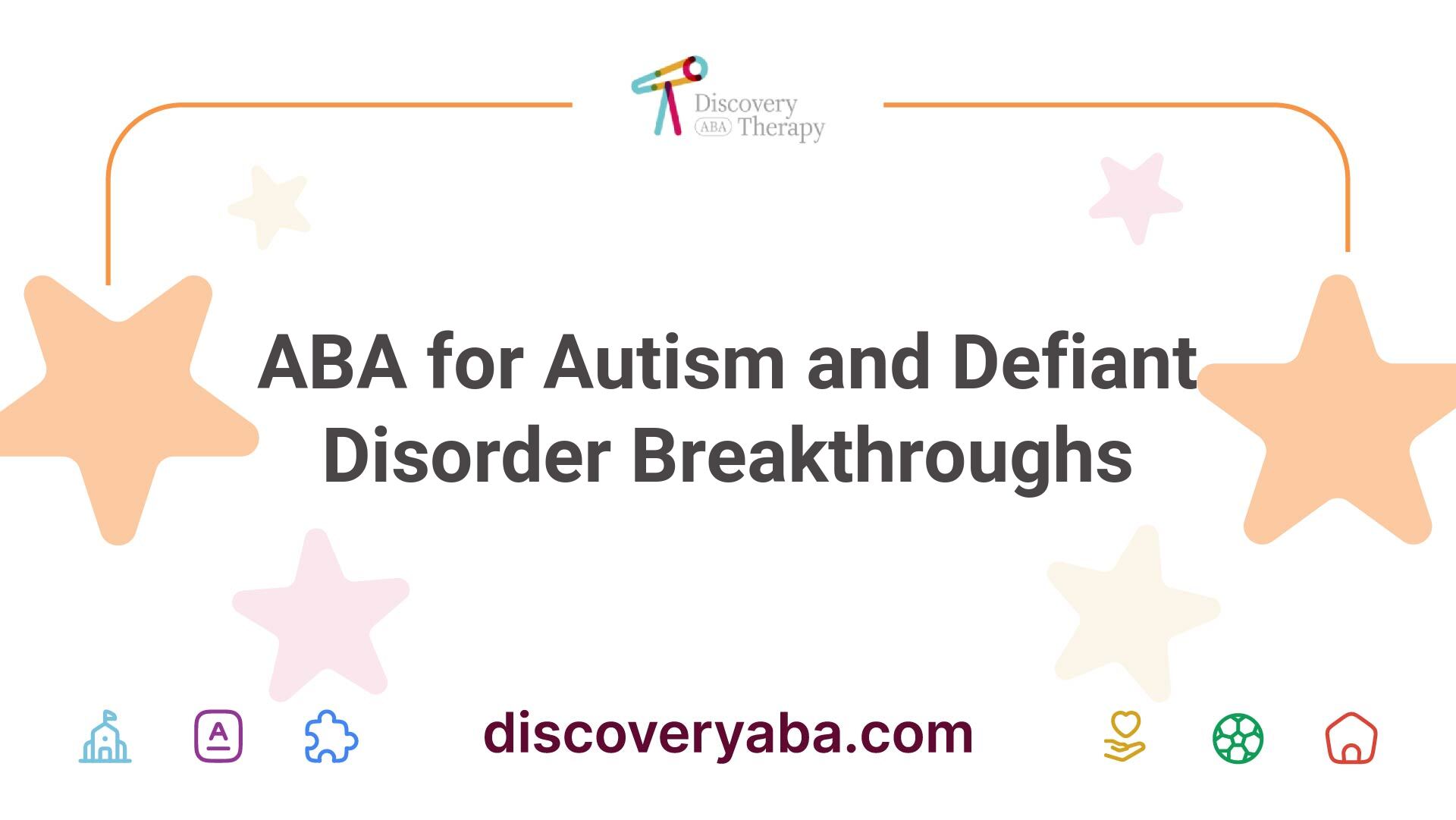





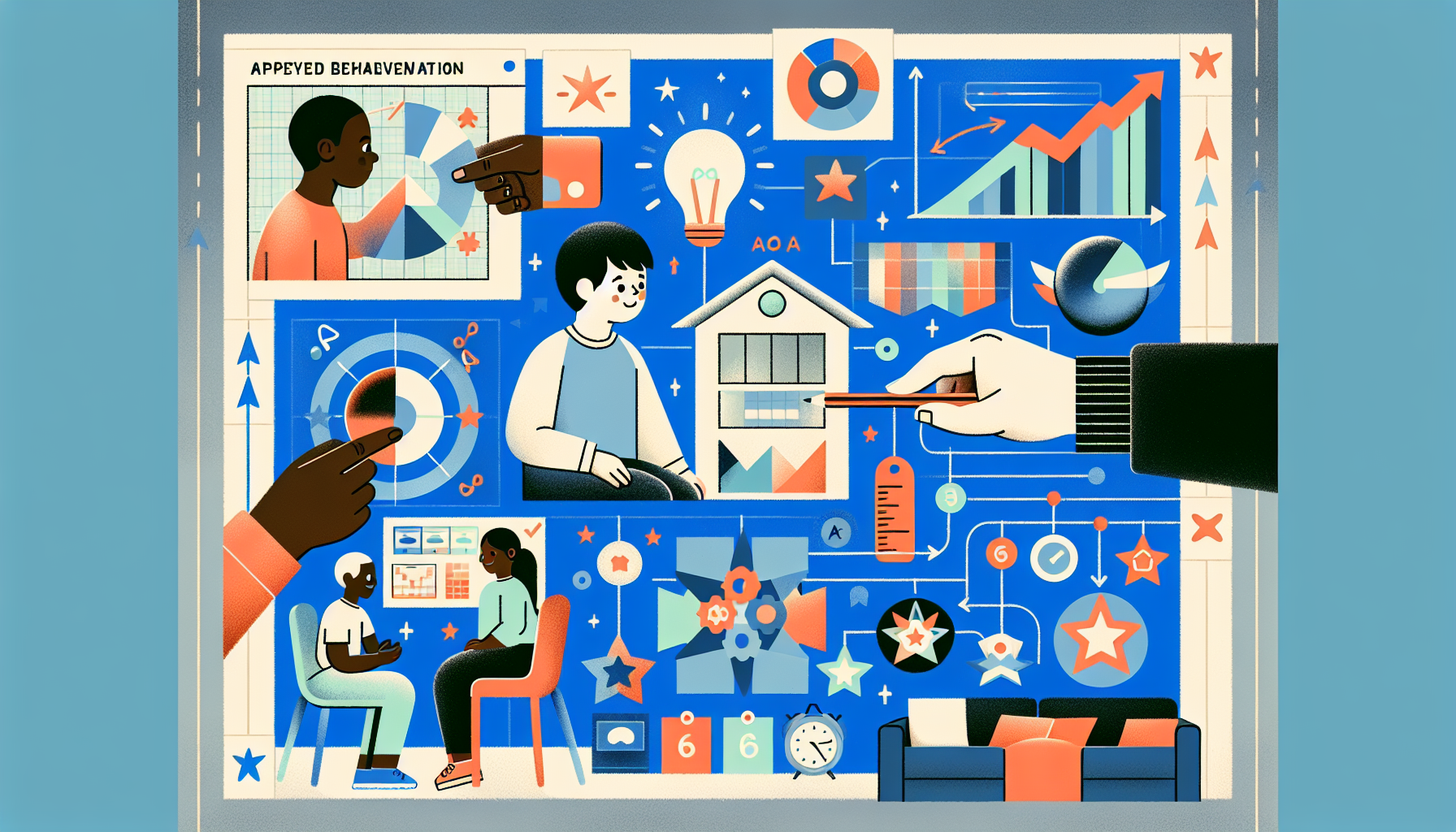
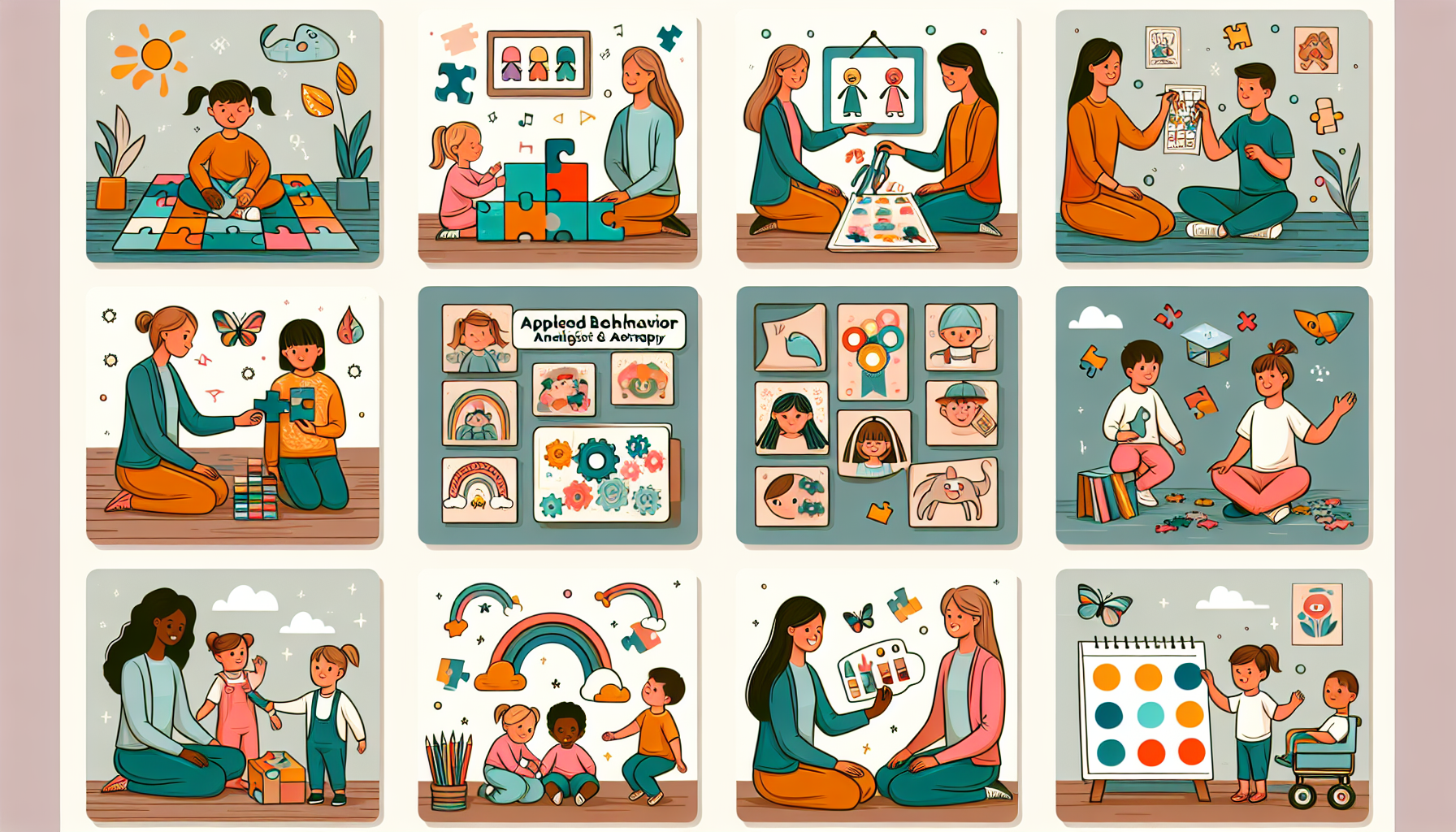
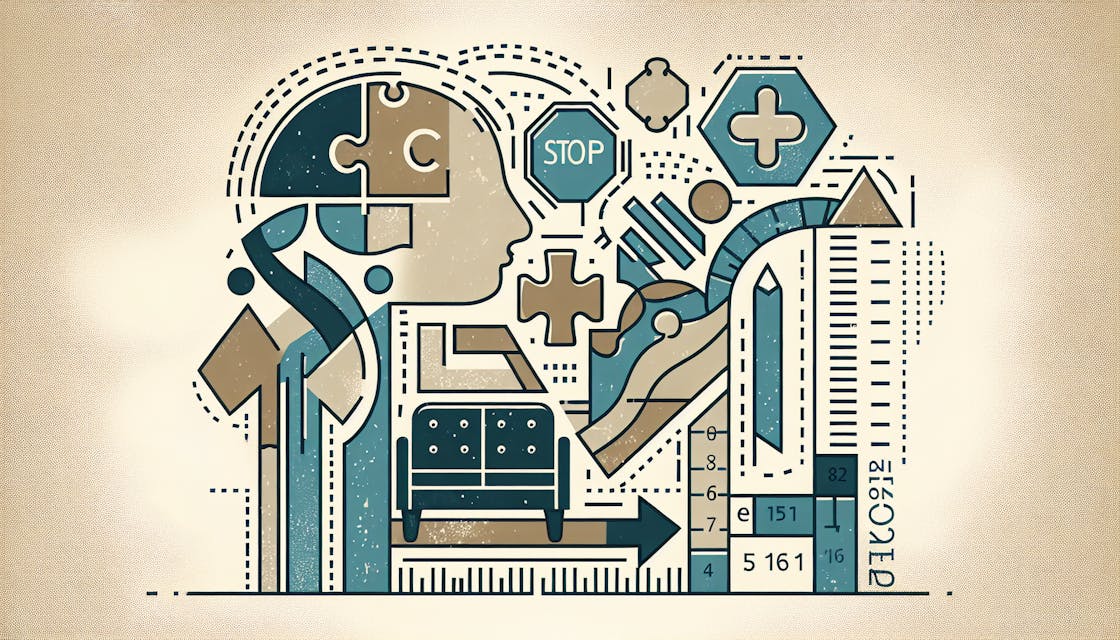




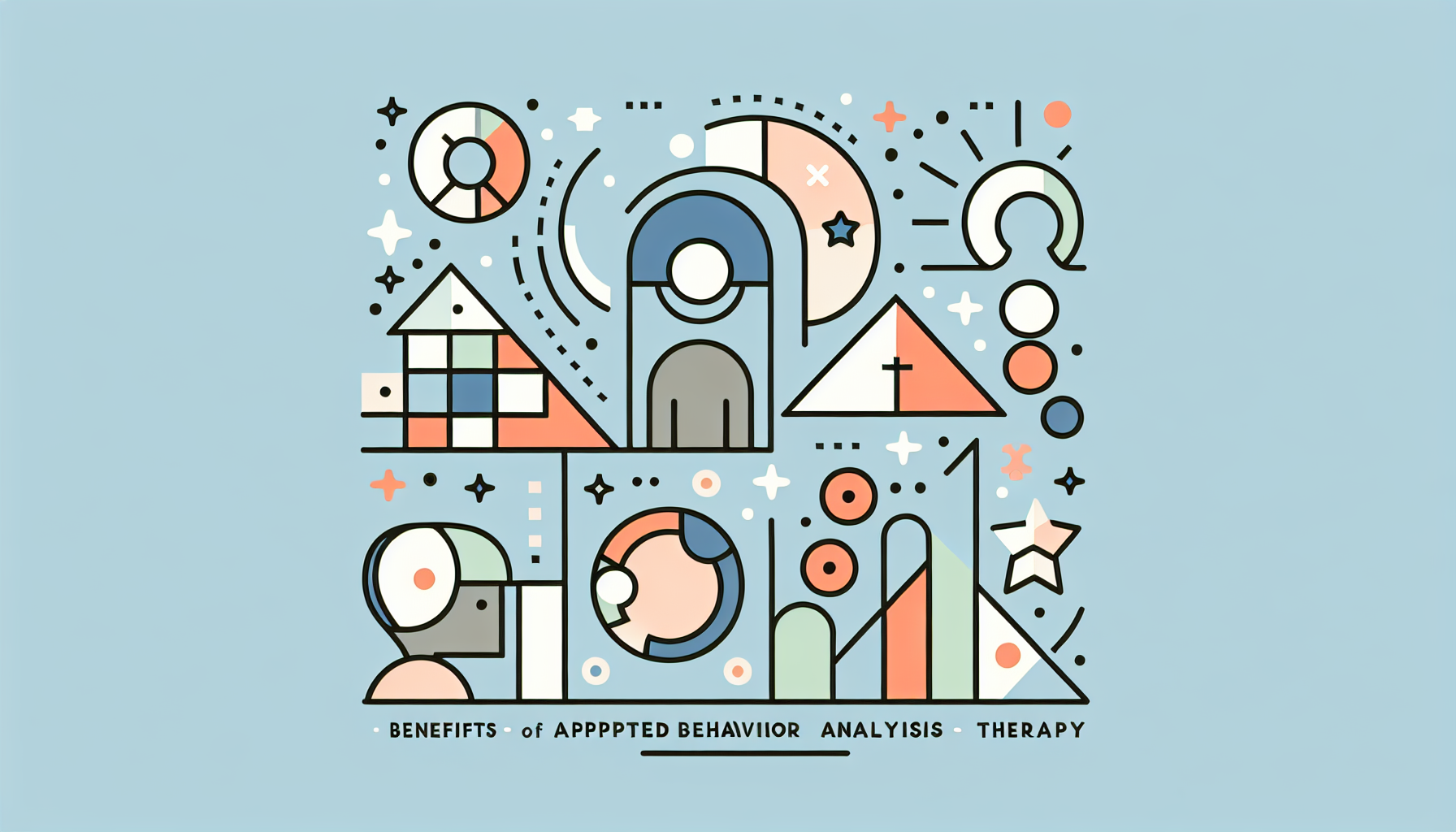






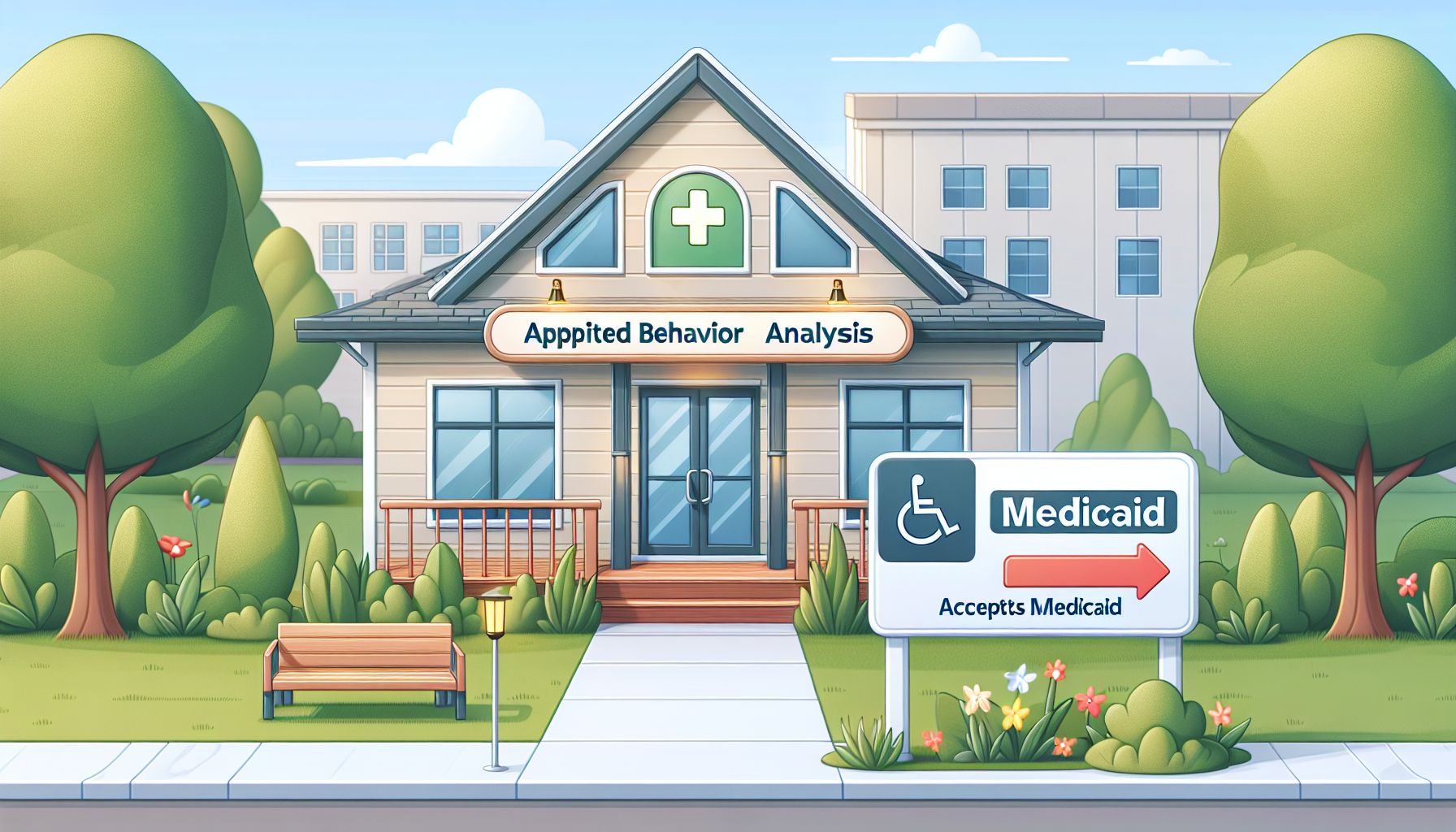




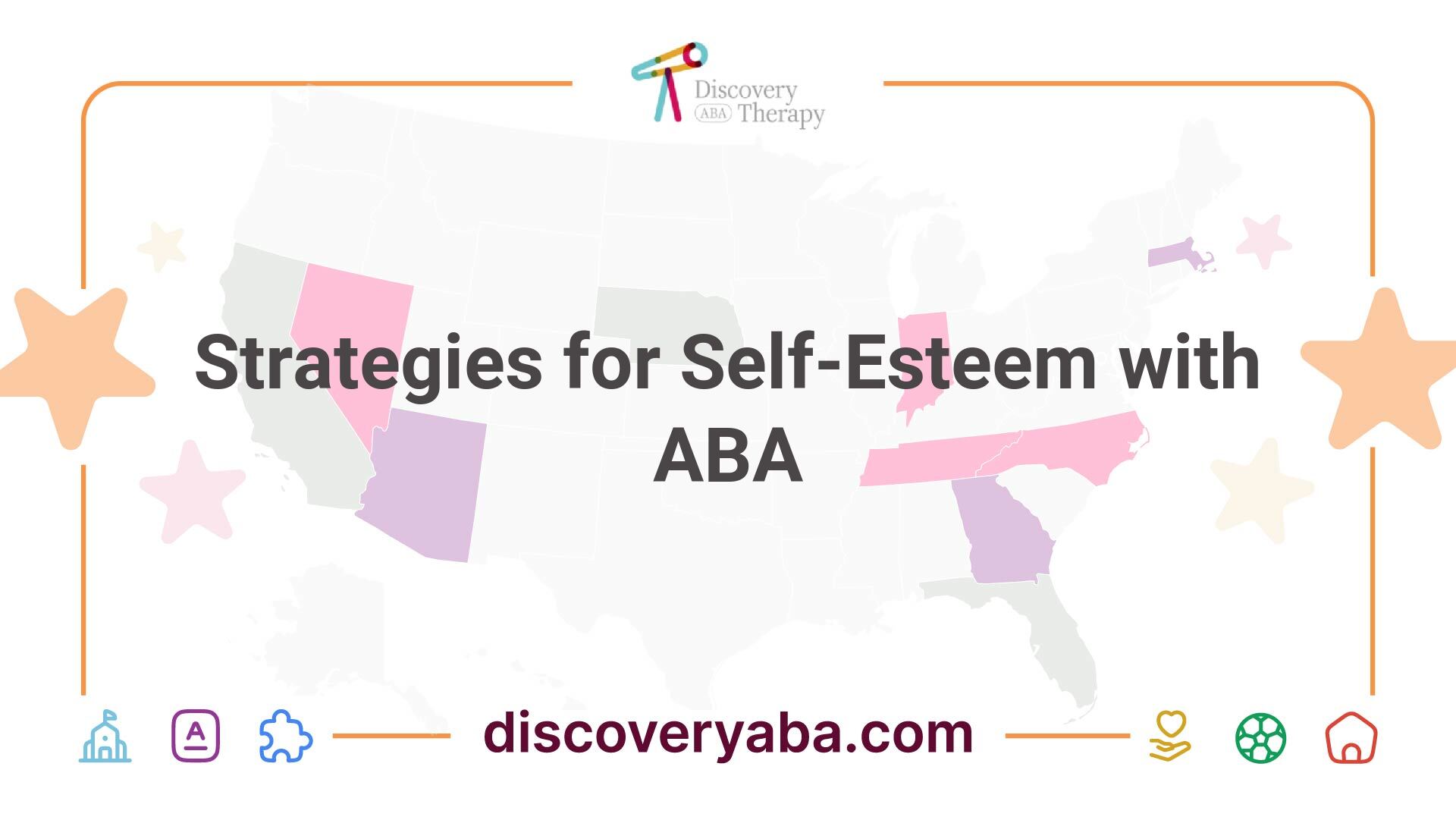




.jpeg)
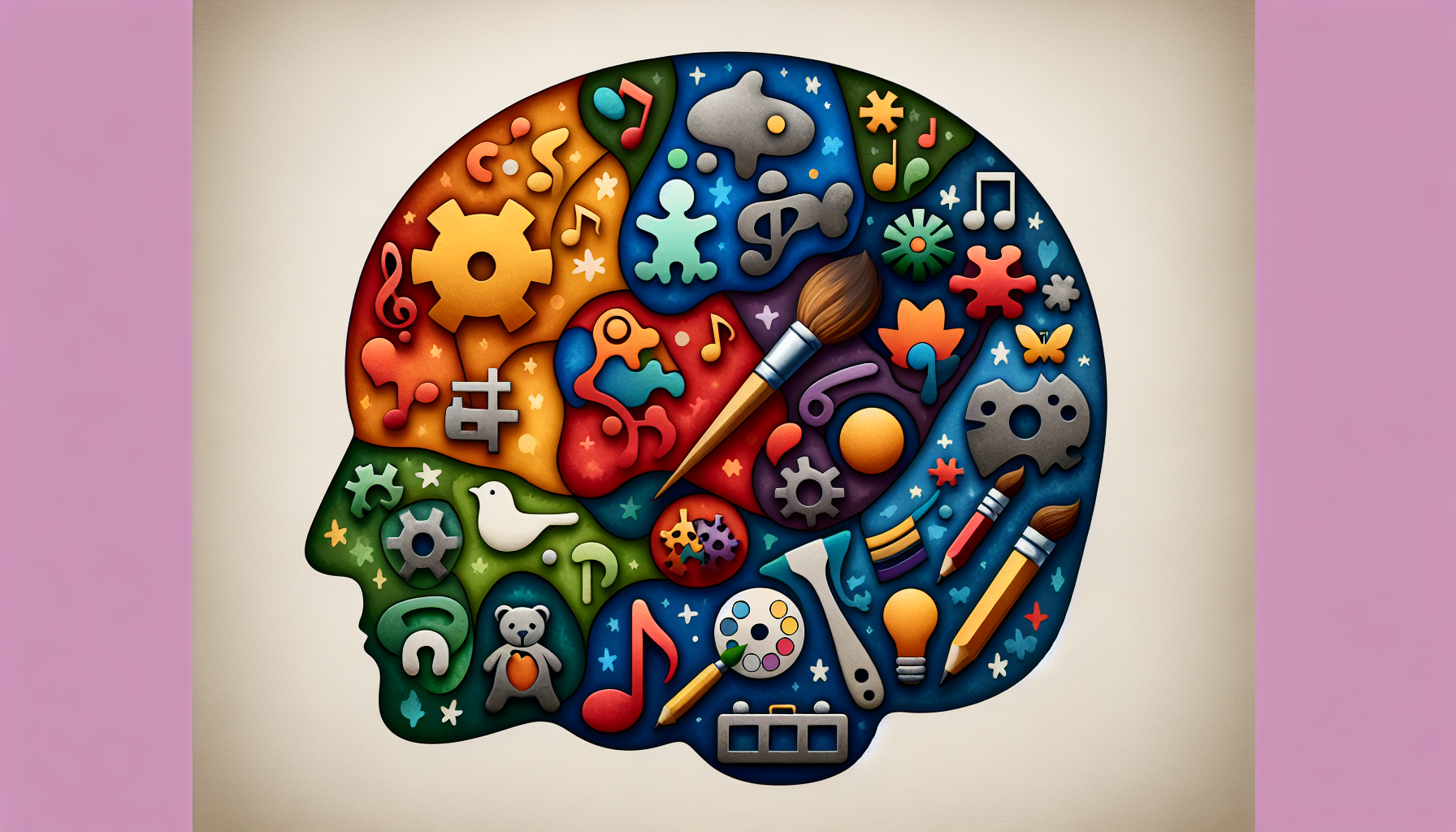

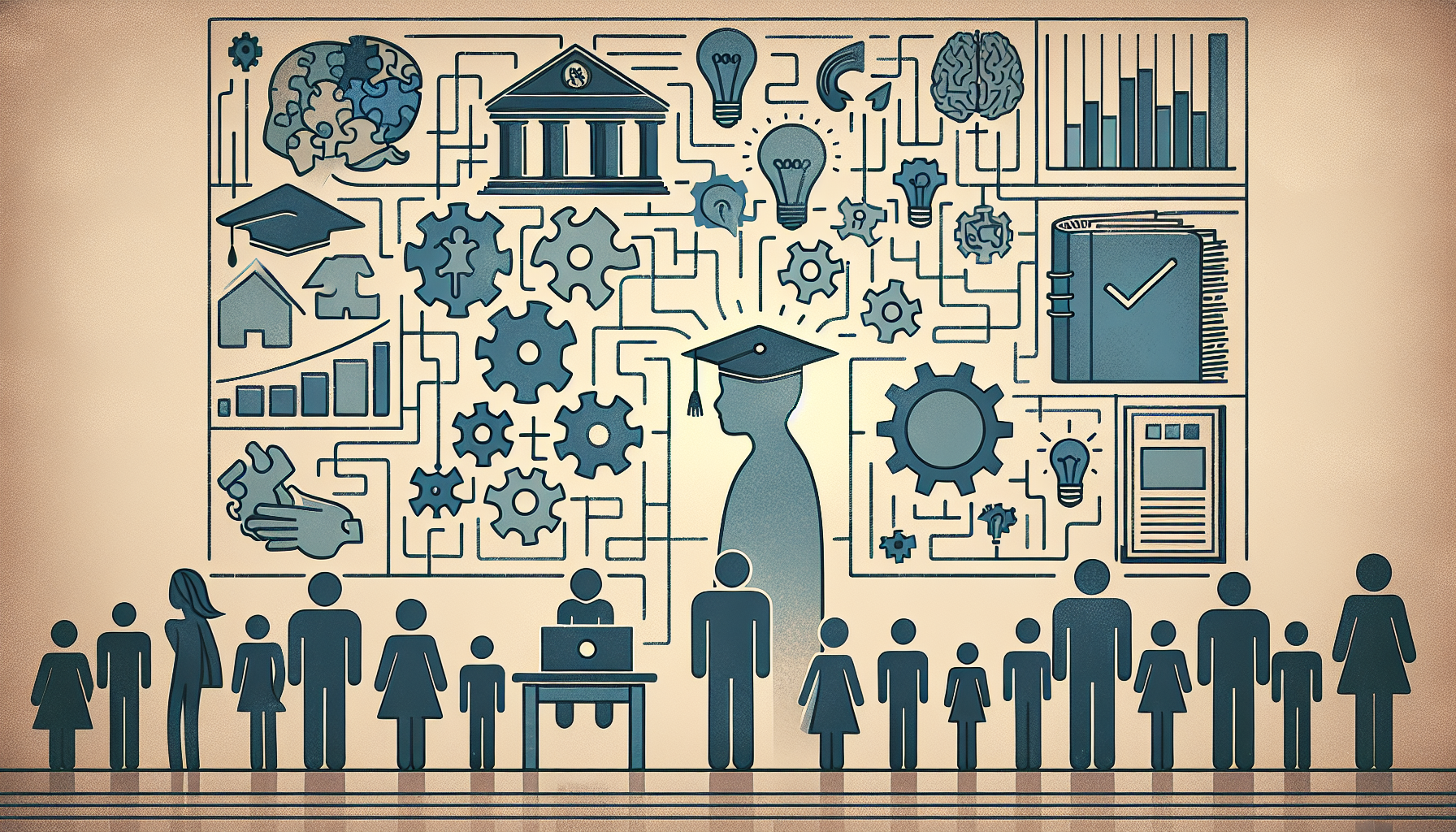




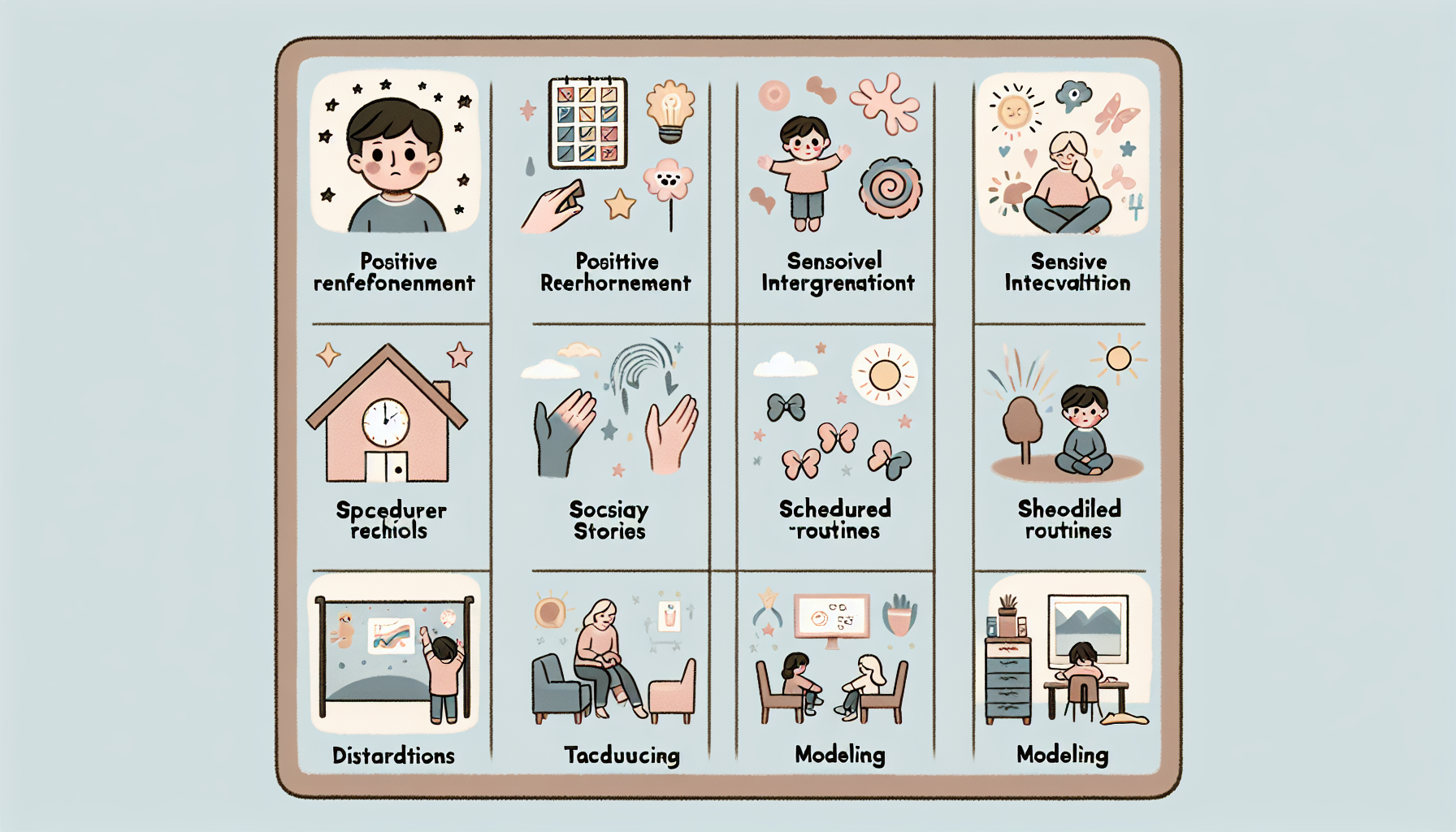

.jpeg)
.jpeg)

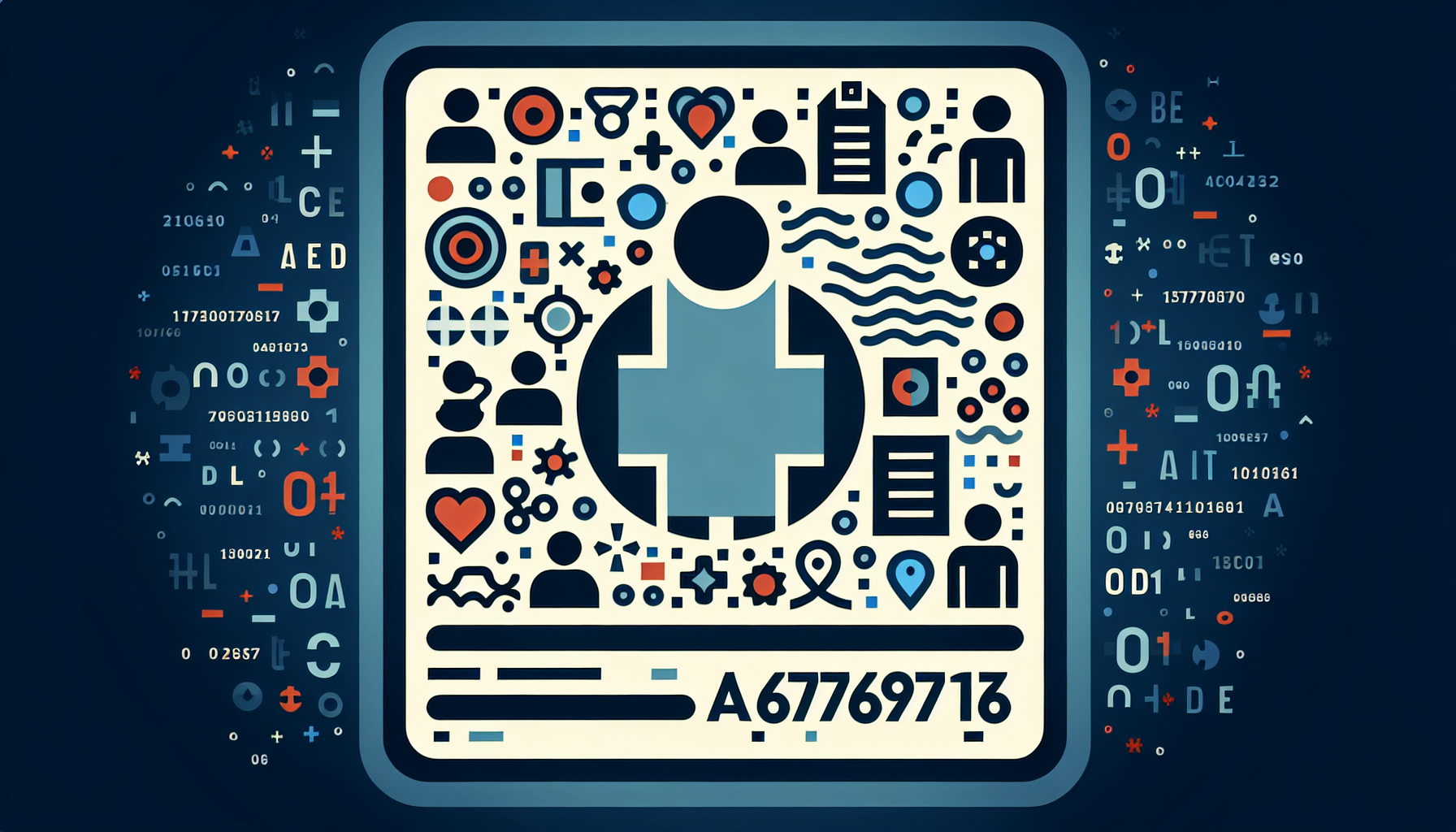

.jpeg)




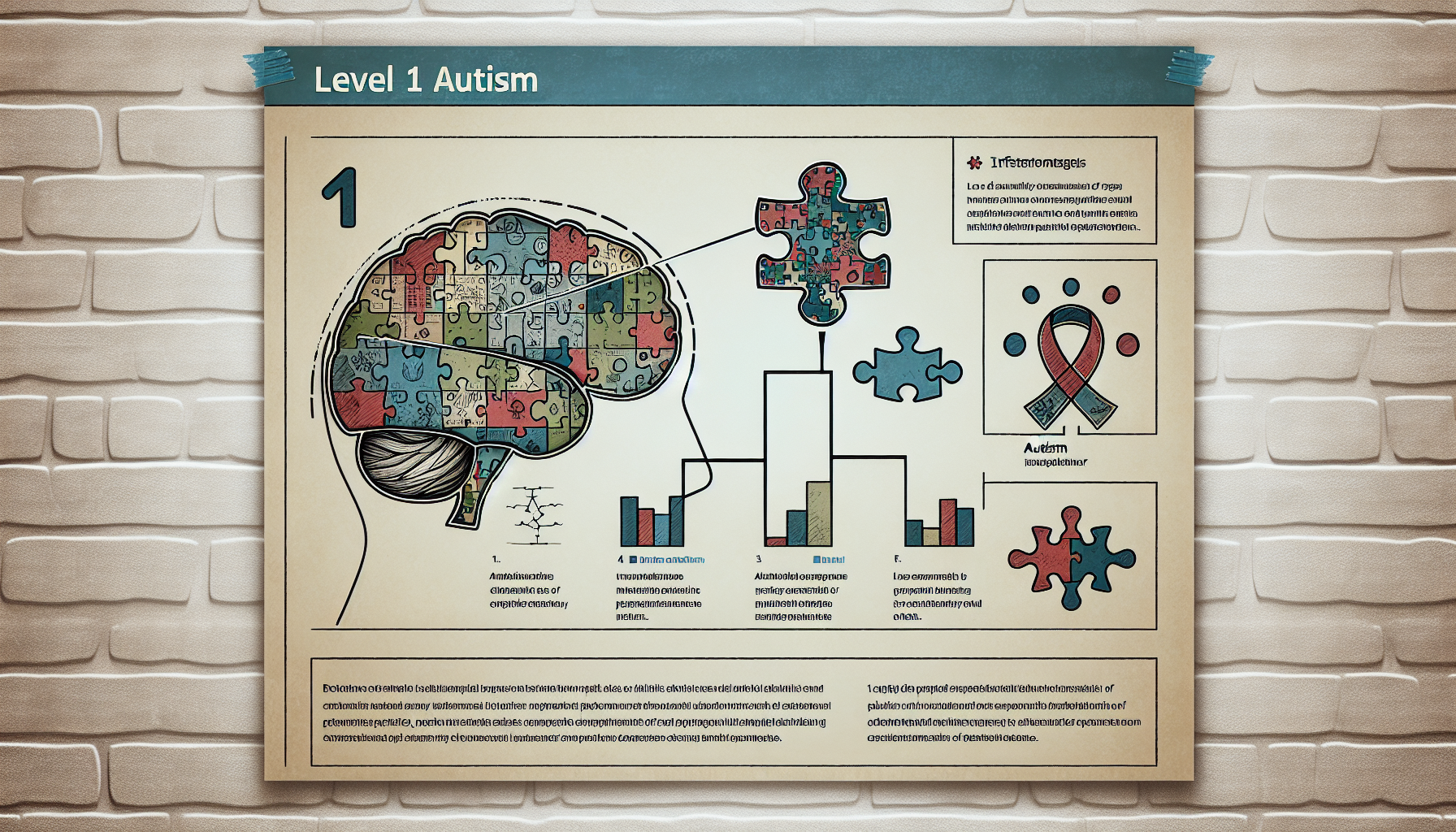


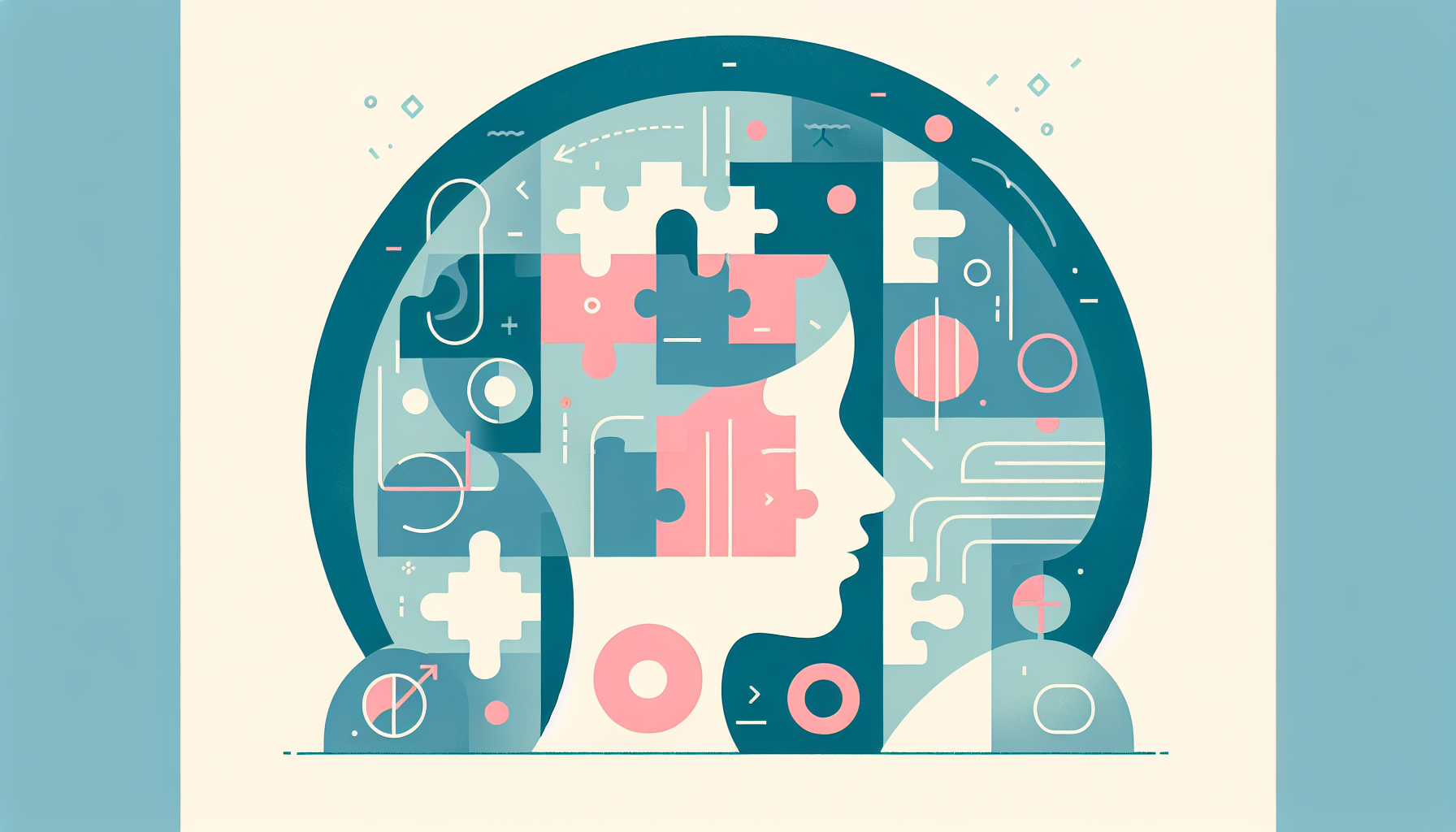








.jpeg)
.jpeg)



.jpeg)
.jpeg)
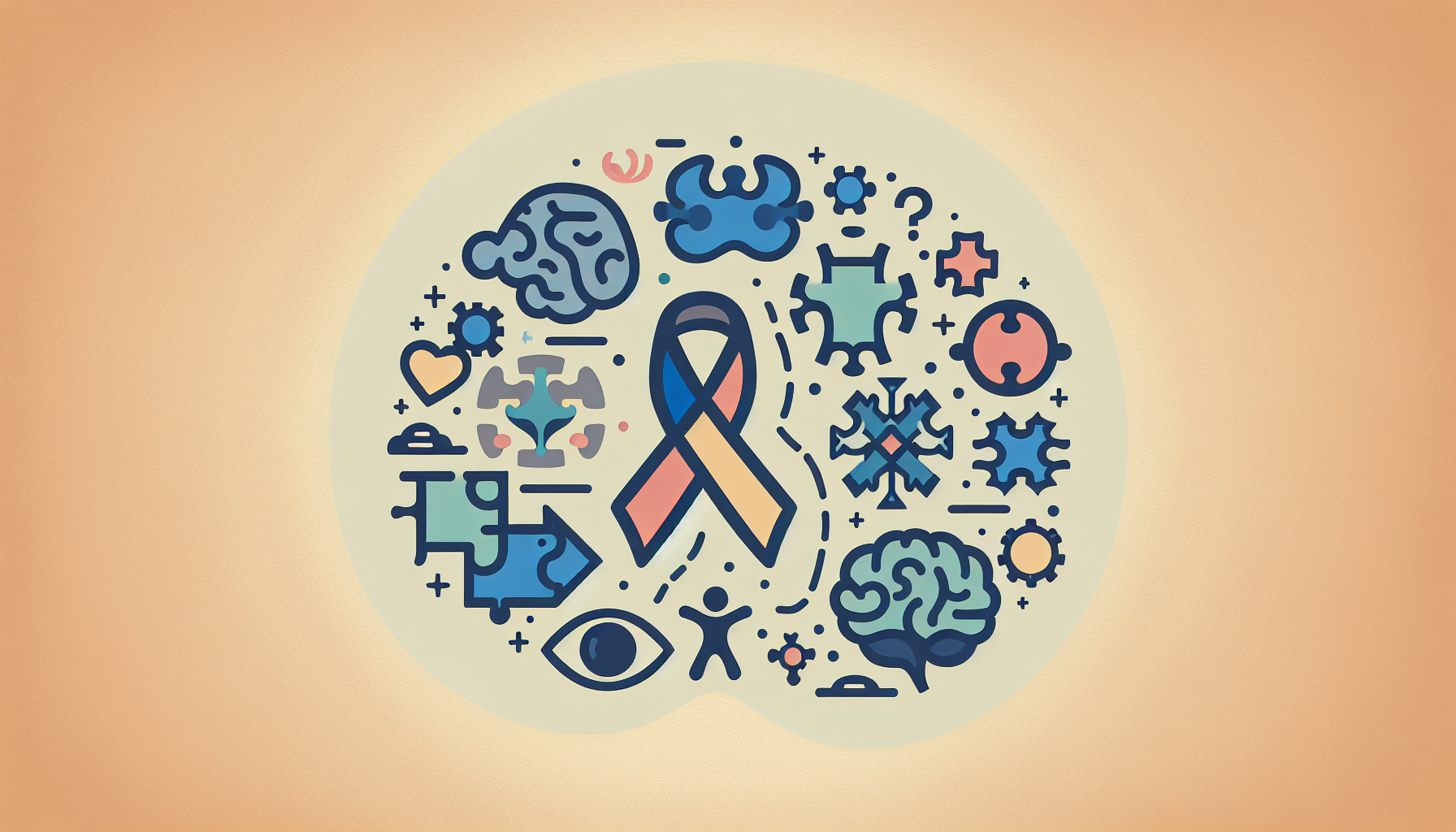






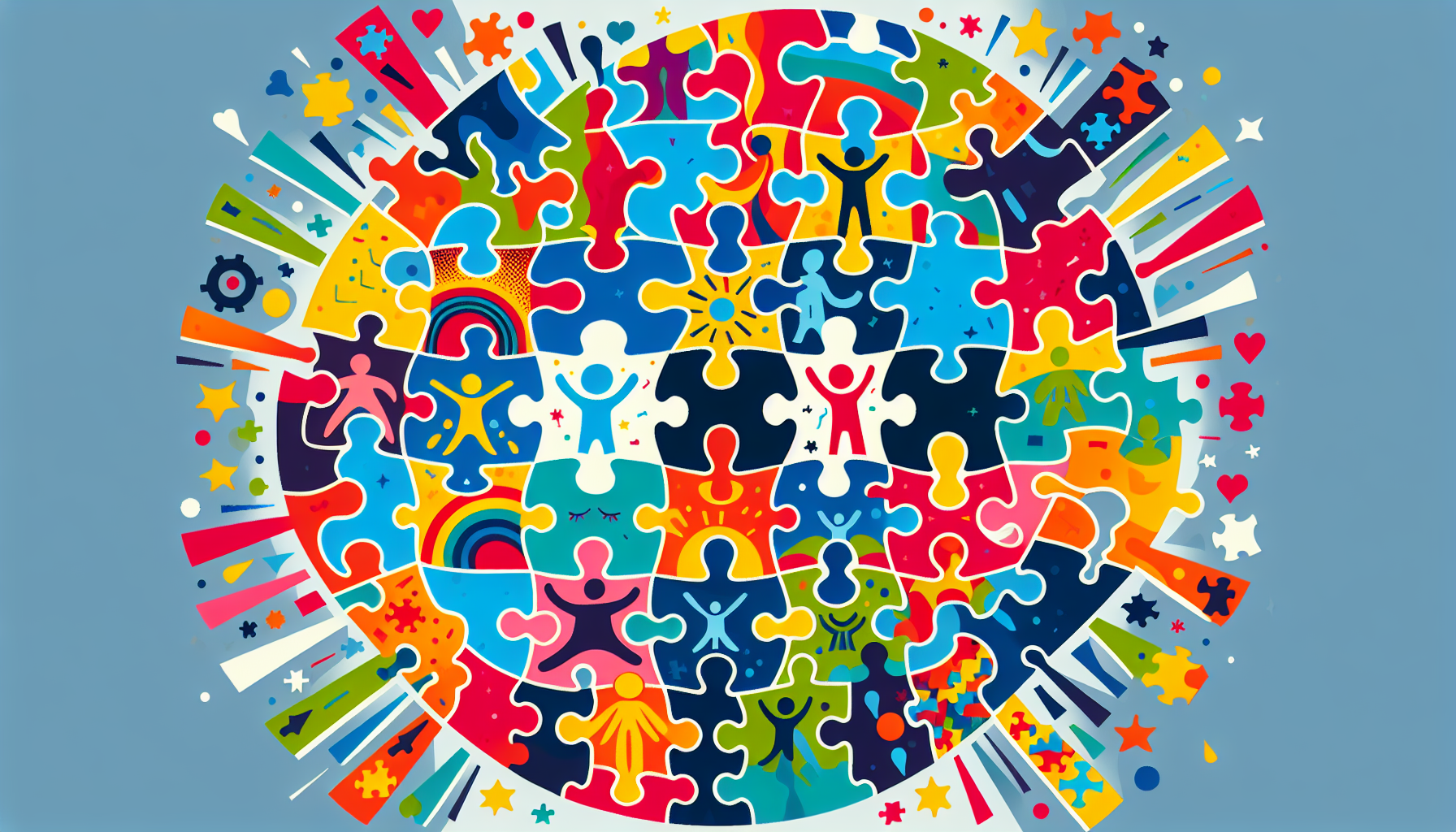



.jpeg)
